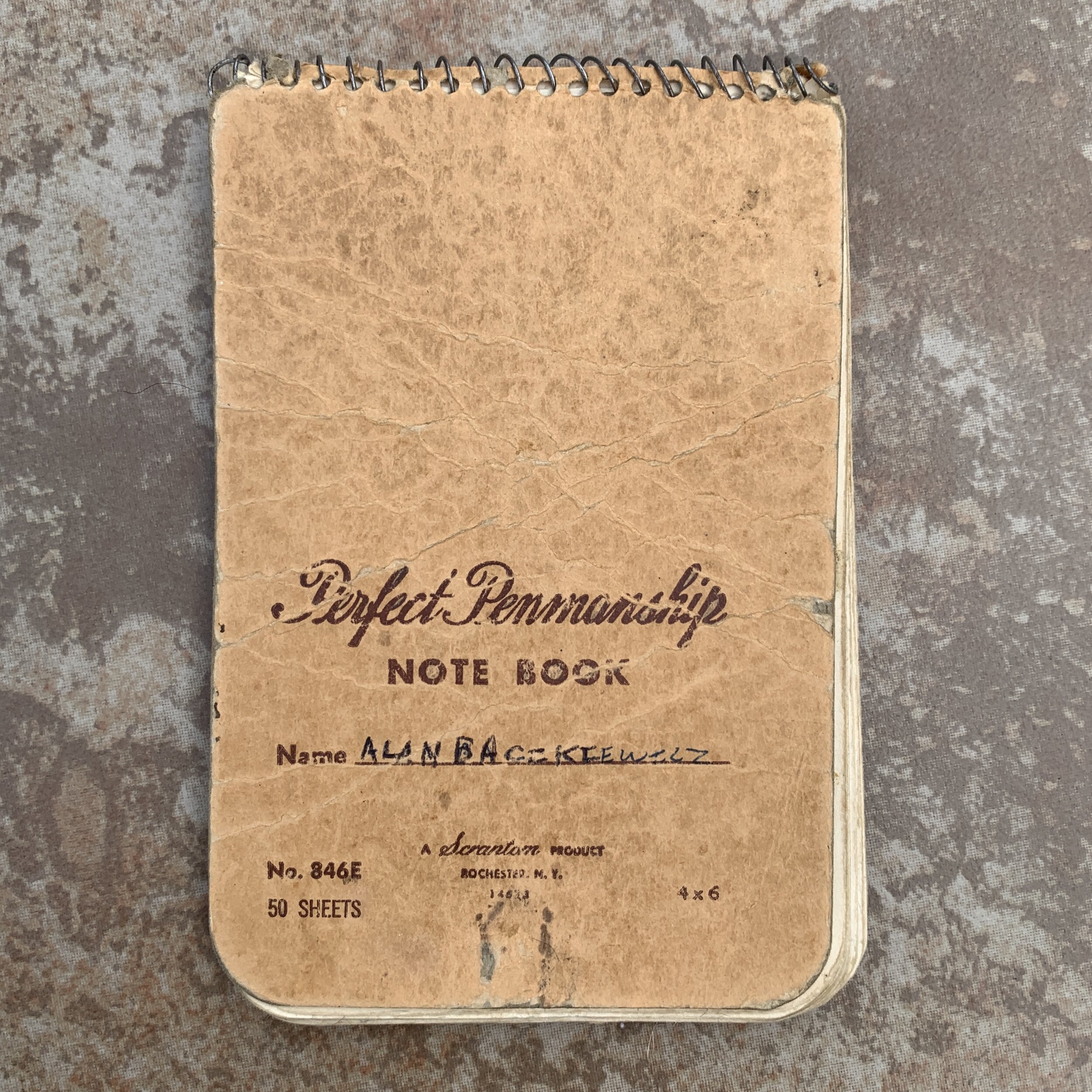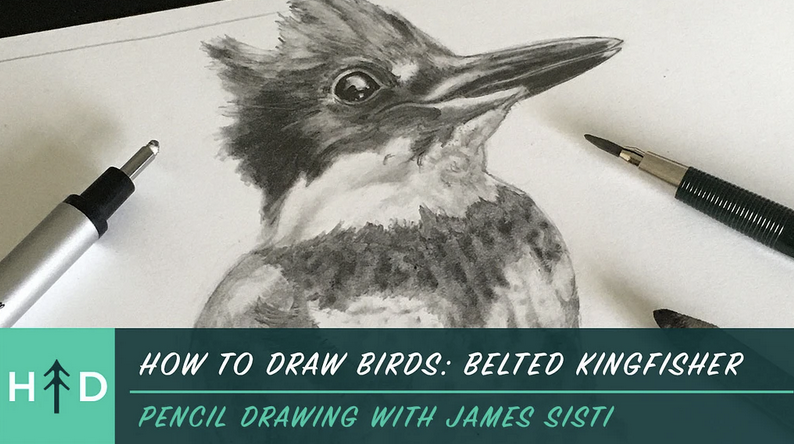Now that you have a field guide and binoculars, you’re almost finished. You need to keep track of a few things to better identify birds and remember which ones you’ve seen.
I hope that you have gotten yourself a good field guide and a pair of binoculars that suit you well. Also, I hope you have a had a chance to go and look for some birds. This doesn’t have to be a major outing: looking out your kitchen window, sitting on your porch or patio, or going to a park or cemetery will do (oh, and cemeteries are great for birdwatching).
The next step is two-fold. To identify a bird you are looking for field marks that distinguish them from other species. You are not going to identify every bird you see the first time you see it, but if you can document some information, you may be able to look in your field guide later when you have more time.
How to Identify Birds: Taking Note of Field Marks
So, how do we go about documenting information? Back in the old days (boy, I sound old now), you just carried a notebook with you along with the field guide and binoculars. If I saw a bird that I couldn’t identify within a few minutes of browsing in the field guide, I would write down the field marks I saw. This is where looking through your field guide at home will help.
My first notebook for birdwatching, 1981-1984
Certain types of birds have common features but some are those distinguishing field marks. Studying your field guide will alert you to what field marks to pay attention to. For example, most gulls are white and gray. That’s good to know, but you may need to look for bill color, wingtip color, wing patterns, tail shape or leg color. This is what you document in your notebook for later study and identification. Nowadays, you could use your phone and jot down info in a note app, voice record your description while observing or take a picture using the binoculars as a lens.
My description of field marks of pectoral sandpiper before I was able to identify it
This recorded information may help you to identify it later, and if it does - Great! If not, don’t worry, this happens to every birdwatcher - you will have times where you walk away with a mystery bird.
How to Identify Birds: Starting your Life-List
However, on those occasions where you identify a bird AND it is one you haven’t seen before, you can add it to your life-list. A life-list is just an ongoing record of the species of birds you have seen. Birders differ in what criteria is needed to put the bird on their life-list and what information to take note of. This becomes a matter of personal preferences. Personally, I record a new bird on my life list if:
I see it alive
it is not a domesticated individual
I have seen all the field marks needed to identify it
I have met others who only count a bird if they get a photograph of the bird. Some count certain species after only having heard it (some owls and nightjars) since they are nocturnal and very hard to see. My 13 year-old son puts birds on his life-list if he sees it (after I have identified it for him).
What do you record in a life list? Again, that depends on you. I record where and when I saw it. That includes town and state, a specific location like a park or a nature center and the date first seen. With the advent of apps on phones, many people do digital checklist of their sightings on each outing. Some field guides have checklists included while others have companion life-list journals that you can purchase.
The life-list journals for the Sibley and National Geographic Field Guides
How To Identify Birds: Photograph Birds Using Your Binoculars
Another way to document what you have seen is to take a photograph of the bird. This is useful if you are not able to identify it immediately. Having a photograph will allow you to see all the details later. There are adapters now that allow you to attach your cell phone to the eyepiece of your binoculars (or spotting scope). Even if you have identified the bird, you may want to keep your life list in photographic format or just have “proof” that you saw it. Since you are using your cell phone, you can also capture videos of the bird’s behavior and sounds. Below I have a link to two different adapters, depending on eyepiece size.
Next Step: What will YOU document?
You now have a field guide and binoculars. What is it that you want to keep track of on your life list? How will you keep track of it?
Other lists that you can start are locality lists. I know several birders who keep county lists and state lists. When I was in high school I kept an annual list of birds around my house and the date of their first appearance each year.
The first page of my list of birds seen around my house in 1982, my second year of birdwatching
There are even people now who find and list birds captured in Google Maps street view images. Never a dull moment!
How will you document information for unidentified birds? Keep track of them on your phone? Go old school and jot it down in a small notebook? No matter what you decide, make sure that you start off the right way and begin documenting at the beginning of your birdwatching adventure.
Below are links to some of the life-list journals available to purchase. Some are companion books to field guides.
NOTE: As an Amazon Associate I earn from qualifying purchases.
Click on the links to view details of each at Amazon.
Birder's Life List & Journal (Cornell Lab of Ornithology) Paperback
The Sibley Birder's Life List and Field Diary (Sibley Birds) Diary
National Geographic Birder's Life List and Journal Diary
Spotting Scope Smartphone Camera Adapter, Telescope Camera Adapter, Cell Phone Adapter Mount for Binocular Monocular
If you would like to learn how to draw birds as a way of documenting them, consider taking James Sisti’s online courses. He offers the following courses, where you can go at your own pace and develop your drawing skills.
Which Field Guide Do You Choose? Check Out My Top 3 Field Guides Review Video










